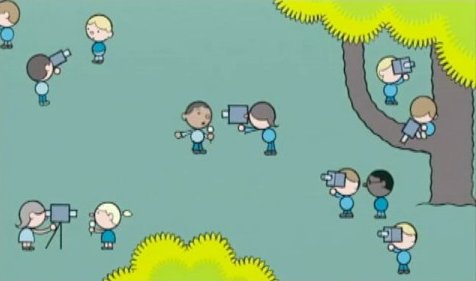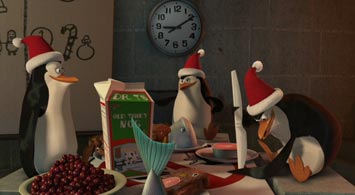This is the first time I’ve worked on a movie that I felt a real emotional attachment to, for better or worse. I loved working on Madagascar, loved the people I worked with, loved the characters, the look, the animation style, and the story premise. The movie speaks to me as a New Yorker and as a warm-blooded mammal. It’s freakin’ hilarious. And the humor is deeper and more character-driven than any of the others I’ve worked on, and I love that.
So I was pretty much completely shocked to see that there are many critics out there who didn’t love this movie like I did. (My friend Melanie felt the same way.) Was I just too close to it? Does the movie have some gigantic deformity that I just couldn’t see? A face that only a mother could love?
The answer is no. After seeing the movie a few times with real audiences, and taking some time to reflect on all the reviews, I’ve come to the conclusion that most of the movie’s worst critics are simply being unfair. Many of them make valid points about problems with the story’s pacing, plot, theme, and so forth. But the conclusions they jump to are completely at odds with everything I know about the experience of enjoying a movie.
Critics of Madagascar seem to fall into three categories: DreamWorks-haters, genre bigots, and the genuinely thoughtful.
The DreamWorks-haters are characterized by the intellectually weak argument that if it ain’t Pixar, it’s crap. These people tend to be more interested in the politics of company A versus company B, and often gloss over the actual films themselves in favor of cheap shots at the corporations that make them. They mistake the messenger for the message. The more sharp-tongued among them can still craft sentences that sting, but the sting wears off once you realize the depth of their ignorance.
The genre bigots are a more subtle bunch. They say things like “The classic shape of a children
, Jimmy Corrigan: The Smartest Kid on Earth
, or Quimby the Mouse
(one of my personal favorite storylines). Now he’s taken his signature storytelling style into the moving picture box for the TV adaptation of “This American Life”, with predictably excellent results. I can’t think of a better match between form and content.





